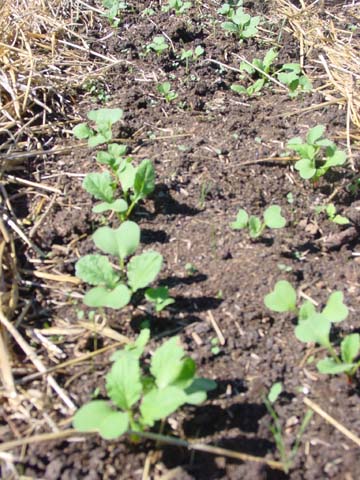Rigging for Cooler Weather
Lindsay talks about changes made and planned
With the rains setting in, and the day time temperatures hovering around 60° or less, we used a recent sunny afternoon to begin to winterize Vermidise. During the summer months, a black shade cloth covered Vermidise, helping to keep the area cooler in the mid summer heat. We recently replaced this shade cloth with clear plastic that will let sunlight through but help trap the heat. The ingenious wiggle wire that clips into track laid along the perimeter of the roof made what could have been the difficult process of pulling the plastic taught and securing it in place remarkably simple and quick.
In addition to growing worms to be used as feed for chickens and fish, Vermidise allows us to extend the harvesting season into the winter months when low light and cold temperatures prevent plants from growing. So, we want to take advantage of the warmer temperatures and longer daylight hours in early fall to grow cold tolerant plants that we can continue to harvest come December. With the recently placed plastic roof already making Vermidise warmer and more humid than the outside climate, we planted more seeds in compost rich soil. Beets, kale, spinach and bok choy now await the proper cues of temperature, moisture, light and nutrients to germinate and grow. The peas, planted in Vermidise in mid September, have since germinated and are beginning to unfold their first set of leafs.
The cool, rainy days and chilly nights continue to stimulate more end-of-summer activities out in the garden. We gathered up the small remaining green fruits on several of the tomato plants, which do not fair well in temperatures below 40, and then removed the stalks from the soil. The remaining greens of the plant we proceeded to feed to the chickens, while the fruit we brought into the kitchen with the thought of cooking up some fried green tomatoes.
We have attempted to construct a temporary cold frame from arched rebar and plastic to protect the tomato plants that have proved vigorous and provided the kitchen with the majority of the delicious, heirloom tomatoes from both the cold nights and the peacocks. However, the almost-daily gusting winds prove stronger than the clips that hold the plastic, allowing cold air to rush in, undermining the intent of the structure.
With the rains supplying sufficient water to the fruit trees, we also removed the hose network that served as drip irrigation for the dozen trees just north of the garden. This season, we watered the garden and fruit trees with nutrient rich water from the duck pond uphill. Utilizing the fertilized duck water provided additional nutrients to the growing plants and serves as one example of how we can turn "waste" into "food."
However, the gravity fed system did not seem to create enough pressure for the water to saturate the hoses laid at the base of each fruit tree and seep into the surrounding earth. So, one thought for improving the system for next season is to let gravity fill two 300 gallon containers just uphill from the garden with the duck water and then use a small pump to provide the pressure needed to effectively water the plants with the drip irrigation method.
Notes From Windward - Index - Vol. 67
|
|



